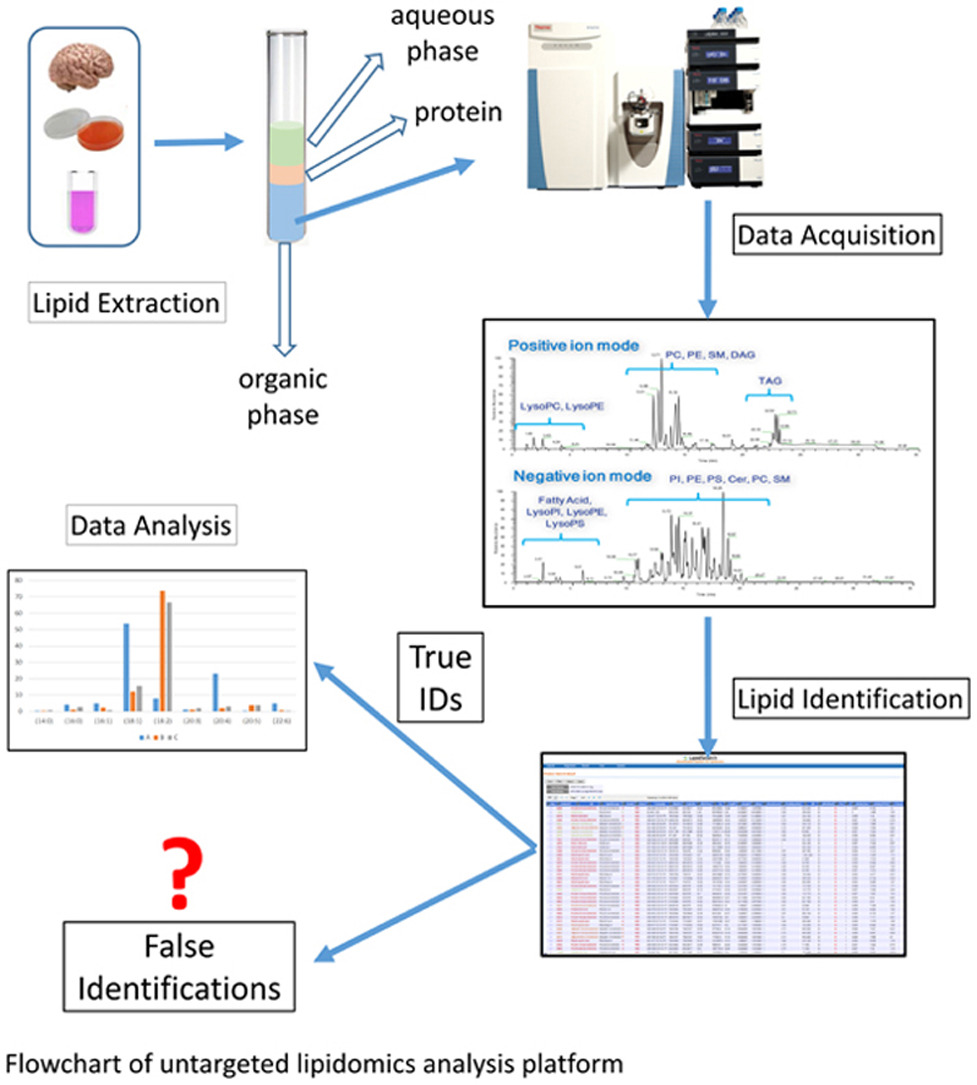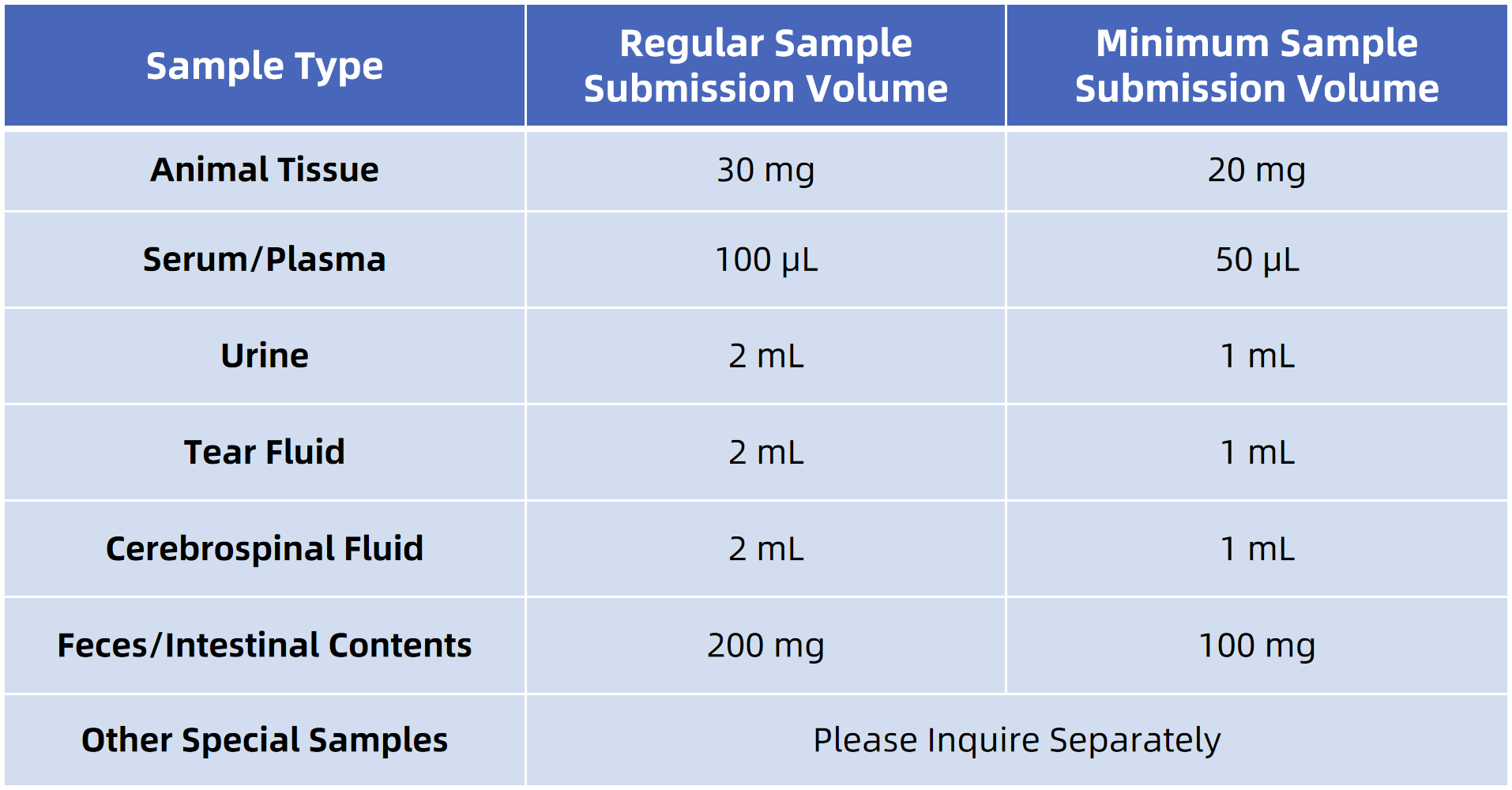Mammalian Non-Targeted Lipidomics Analysis Service
- Utilizing advanced LC-MS and GC-MS technologies, we offer comprehensive and precise lipid analysis with broad coverage of various lipid species.
- Our high-stability, highly sensitive analytical system ensures reliable and consistent results.
- We provide fast, cost-effective services that shorten research timelines and accelerate project progress.
- Supporting disease mechanism research and biomarker discovery, we enable in-depth studies across various diseases.
As the main components of cell membranes and energy sources, lipids play a significant role in both cellular and physiological energy homeostasis. The primary biological functions of lipids include energy storage, signal transduction, and serving as structural components of cell membranes. The composition of lipids varies among different tissues. In animal tissues, the composition of structural lipids (such as phospholipids) is relatively constant under normal physiological conditions. Conversely, simple lipids, especially the proportion of triglycerides, change significantly according to the physiological and nutritional status of the animals. The composition of plasma lipids is particularly important because they supply fatty acids to all tissues. The proportion of phosphatidylserine (PS) in brain phospholipids is higher than in other tissues. In the liver, phosphatidylcholine (PC) and phosphatidylethanolamine (PE) are very abundant.
Because lipid metabolism is regulated by a network, any alteration in synthesis or degradation pathways may lead to a change in the entire lipid homeostasis of the network. Non-targeted lipidomic analysis provides a foundation for studying the entire system mechanism after specific stimuli. Moreover, identifying altered lipid types and quantities in certain diseases or pathological conditions can reveal the mechanisms of these diseases. Additionally, lipidomics can be used for the discovery of biomarkers for various diseases, including diabetes and obesity, cardiovascular diseases, non-alcoholic fatty liver disease, mental illnesses, and cancer.
Instruments used for identifying and quantifying mammalian lipidomics include MS, GC, HPLC, or LC-MS, GC-MS. Chromatographic methods (such as GC or HPLC) combined with MS can significantly increase lipid coverage. LC-MS is one of the widely used techniques in mammalian lipidomics, suitable for qualitative and quantitative analysis of various lipids in mammals, including CER, ChE, CL, DG, FA, LPC, LPE, MG, PA, PC, PE, PG, PS, SM, TG, etc.
MtoZ Biolabs provides reliable, fast, and cost-effective Mammalian Non-Targeted Lipidomic Analysis Service, based on a high stability, reproducible, and highly sensitive system of separation, characterization, identification, and quantification analysis, combined with LC-MS.
Analysis Workflow

Xu, L. N. et al. Talanta. 2017.
Service Advantages
Sample Submission Requirements

How to order?







